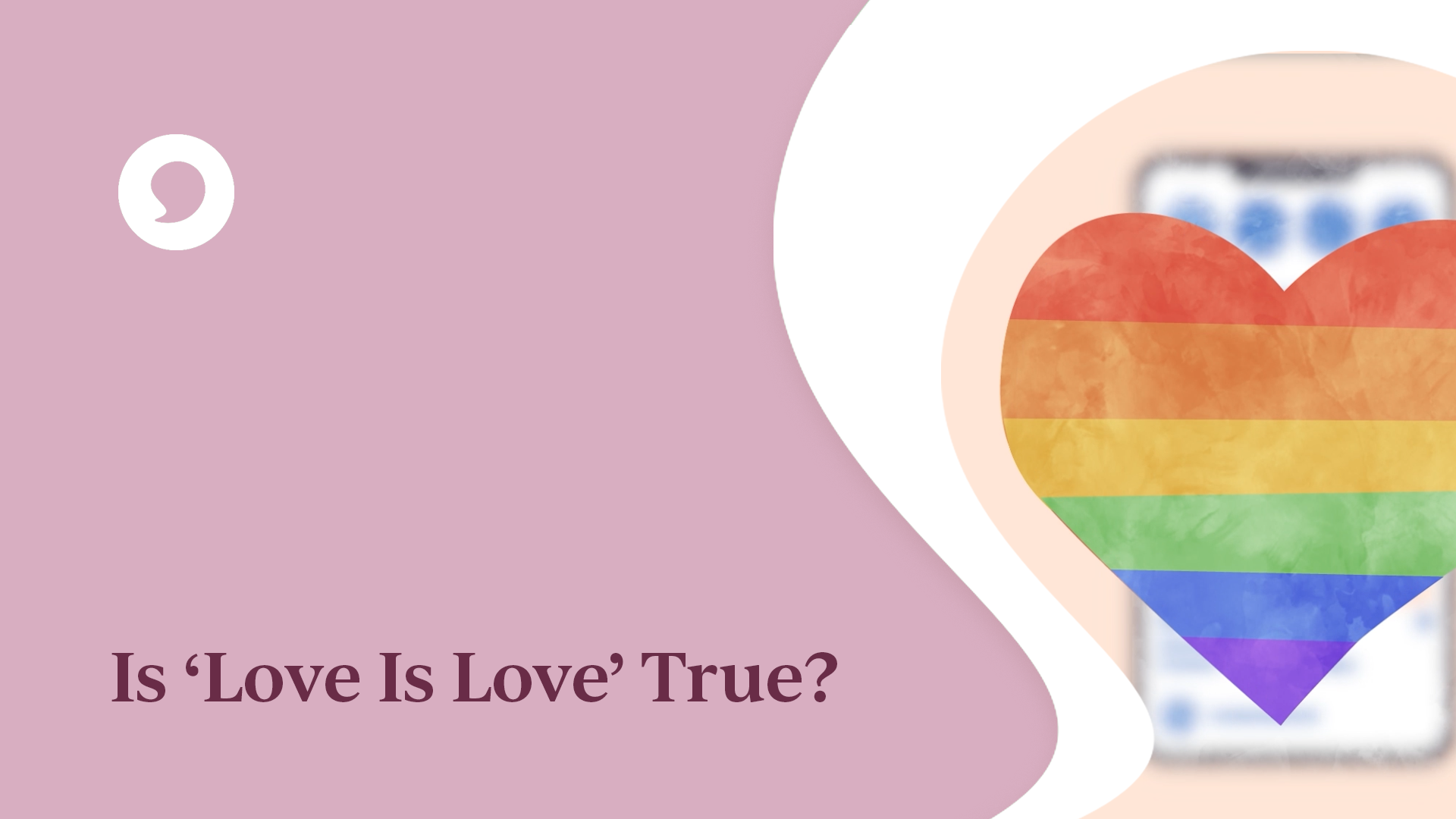3 min read
Do ‘Third Genders’ in Ancient Cultures Prove Transgender Ideology?
 Colson Center
Apr 11, 2024 10:41:00 AM
Colson Center
Apr 11, 2024 10:41:00 AM
An argument that is often used to justify radical ideologies about gender and sexuality today is the existence of so-called “third” genders in various cultures throughout history. “Third gender” refers to individuals who did not fully conform to the male and female norms of their cultures.
What Would You Say?
The next time someone claims that “even ancient cultures encouraged trans-identities,” remember these three things:
- The label “third gender” is an anachronism forced upon people who actually presumed the reality of biological sex, gender roles, and the so-called “gender binary.”
- Like so-called “third genders,” modern transgender ideology also relies on the “gender binary” that it claims to reject.
- Ancient cultures didn’t always get it right.
You’re in a conversation and someone says: “Many ancient cultures recognized transgender identities, or “third genders,” because they knew that some people were not born male or female. What Would You Say? An argument that is often used to justify radical ideologies about gender and sexuality today is the existence of so-called “third” genders in various cultures throughout history. “Third gender” refers to individuals who did not fully conform to the male and female norms of their cultures. Among the most cited examples of “third genders,” are the Native American “Two-spirit,” Thailand’s “Kathoey” (a word regularly translated as “Ladyboy”), the “Sal-zikrum” of Ancient Middle East, the “Fa’afafine” of Samoa, the “Hijra” of India, and the “Muxe” of Southern Mexico. According to advocates of transgender ideology, because so many ancient cultures recognized “third” genders, we should reject the “gender binary,” the idea that only two genders exist, and we should reject the notion that gender is essentially linked to one’s biological sex. Does the existence of so-called “third” gender people reinforce the radical assumptions of contemporary transgender ideology? No. And here are three reasons why: First, the label “third gender” is an anachronism forced upon people who actually presumed the reality of biological sex, gender roles, and the so-called “gender binary.” For example, the word “Fa’afafine,” used in Samoan culture, means “in the manner of a women.” In Samoan culture, a Fa’afafine was chosen by his family at a young age to help his mother with household tasks, often because the family had no daughters. This boy was not considered a wife or mother but was assigned responsibilities often performed by women. No one assumed that a Fa’afafine was “born into the wrong body” or “expressing his true self.” In fact, Samoan culture recognized the differences of male and female roles, and the necessity of both roles in a well-ordered family and society. In another example, the Native American “two-spirit” referred to a member of one sex who acted stereotypically like the opposite sex, such as the Lakota “Winkte,” which described a man who is “like a woman.” But again, this identification relied on the reality of two sexes, and on the roles each sex played in that culture. It is not a “third gender.” Second, like these so-called “third genders,” modern transgender ideology also relies on the “gender binary” that it claims to reject. At its root, the modern concept that someone can be “transgender” or “born into the wrong body,” depends heavily on rigid male and female stereotypes. If a little girl likes trucks or short hair or dislikes dresses, she must be a boy. If a boy likes pink or dressing up or playing house, he is really a girl. In other words, transgender ideology contradicts itself, promoting the very male and female stereotypes it claims to overcome. This way of thinking about people only ignores the normal, natural, and beautiful variety found among males and females. And by the way, none of the cultures that recognized so-called “third genders” ever denied the realities that make people male or female, such as chromosomes, gametes, internal reproductive organs, and external genitalia. Third, ancient cultures didn’t always get it right. While some ancient cultures allowed or even expected some men to act like women, and vice-versa, many others didn’t. To assume that only those cultures who did got it right is to make what is known as the “noble savage” mistake. Imagine someone suggesting because some cultures allowed slavery or cannibalism, we should too. That would be outrageous! In the same way, selectively citing some practices from some cultures to defend modern gender ideology doesn’t prove that thinking is correct. These ancient cultures could have been just as wrong about gender categories as others were about slavery. While the roles of males and females look different from one culture to the next, the biological reality that humans are male and female does not. That’s been obvious in every culture until ours and Genesis tells us why: Because “God created man in his own image, in the image of God He created him. Male and female He created them.” So, the next time someone claims that “even ancient cultures encouraged trans-identities,” remember these three things: 1. The label “third gender” is an anachronism forced upon people who actually presumed the reality of biological sex, gender roles, and the so-called “gender binary.” 2. Like so-called “third genders,” modern transgender ideology also relies on the “gender binary” that it claims to reject. 3. Ancient cultures didn’t always get it right.





